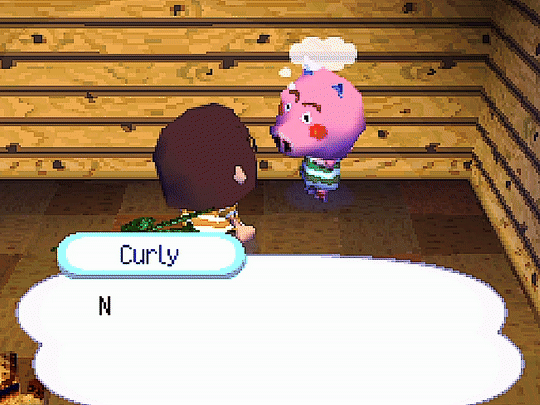I Love a Good Fetch Quest, Sue Me
You don’t really have to go far online to see people hate on fetch quests. They’re the go to joke for bad quest design, the dreaded “bring me ten wolf pelts” that’s apparently proof a developer ran out of ideas. Say the phrase and everyone knows exactly what you mean. The boring, repetitive filler. And yet, I’ve come to tell y’all that... I’m sorry. I absolutely love them. Fetch quests are not just one of the oldest quest structures in gaming, but also one of the most useful. They’re also doing world-building, pacing, orientation, even philosophy sometimes. If you take them out, whole genres would collapse into set-pieces without the connective tissue.
So, yeah, I’m going to defend fetch quests. Not because every fetch quests is good, because I can’t lie, there are plenty of terrible ones; but because the structure itself is vital, and that the problem has always been execution, not existence.
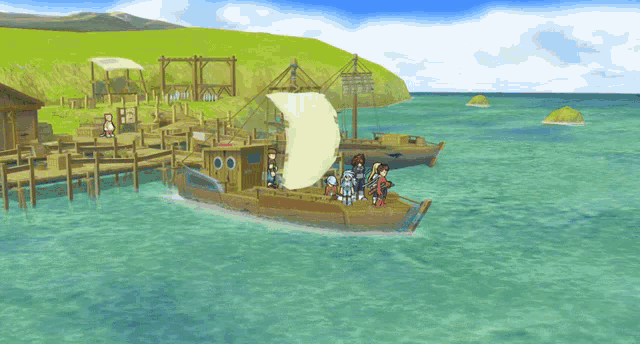
The Oldest Kind of Quest
Fetch quests go back to the roots of role-playing. Before pixels, before polygons, when you sat around a table with dice and graph paper, your DM would say, “The duke needs this letter delivered,” or “There’s a ruby in that temple, bring it back.” That’s a fetch quest. And it worked, because it set you in motion, and you had a reason to explore the dungeon, meet characters, and to improvise around obstacles.
When Ultima or Wizardry were made, they carried that structure straight into the code. Computers couldn’t yet tell sprawling cinematic stories, but they could handle tasks. Go here, grab this, return. Early RPGs are practically made of fetches, and nobody cared, because there wasn’t a better way to simulate adventure.
Even the graphic adventure games of the 80s and 90s, like King’s Quest, or Monkey Island are basically fetch quest chains dressed up as puzzles. You need the chicken with the pulley in the middle to cross a zipline, or the grog-soaked mug to melt prison bars. You’re fetching, but the framing of it makes it clever instead of dull. The structure itself is old and flexible; the question is how you use it.
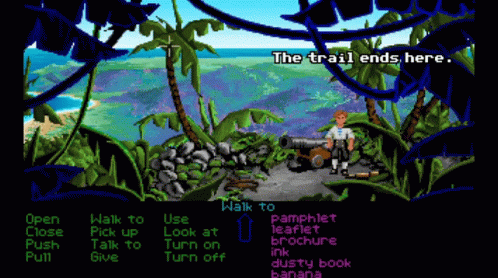
Building Blocks, Not Filler
Okay then, let’s go back to the original Pokemon games. You had Professor Oak send you to the Poké Mart to pick up his parcel, that’s a fetch quest; but what it’s really doing is teaching you the layout of the first routes, introducing you to shops, and setting your role as someone who helps. It’s scaffolding. Without it, your journey would just start with “go fight gyms,” and you’d miss that small ritual of familiarity.
Or Ocarina of Time, before Link can wield the Master Sword, he’s constantly running errands: get a letter from Zelda, hatch a cucco egg, and deliver masks. None of these are “epic” quests, but they train you to see Hyrule as a web of connections rather than just boss arenas. Fetch quests create the glue between plot points. Strip them away and you’re left with a skeleton that doesn’t stand.
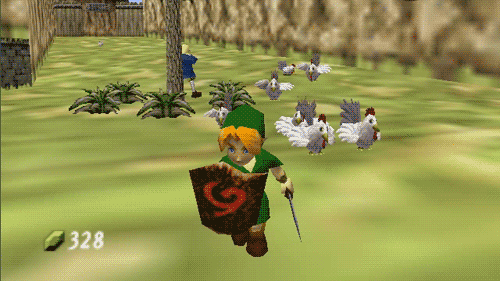
The World Beyond Heroes
Fetch quests make worlds feel lived in, because if every quest is about killing a god or saving a kingdom, then the world stops feeling like a place and starts feeling like a stage play where the only actor who matters is you.
Take The Witcher for instance. People remember Geralt fighting griffins of course, but they also remember him retrieving a frying pan for an old woman. It’s funny, it’s small, and it grounds him. Against all the blood and doom, that little errand reminds you that ordinary people still have ordinary lives.
Or even freaking Skyrim, where dragons are tearing up the sky, sure, but townsfolk still need letters delivered and heirlooms recovered. Without those errands, villages would just be cardboard cutouts where nothing happens unless the Dragonborn shows up. Fetch quests fill the silence with human need. They remind you that you’re part of a society, not just a lone epic hero.
Not My Home, But I Know My Way Around
One of my favourite uses of fetch quests is how they teach you to inhabit space. Modern games lean so heavily on minimaps and waypoints that players often never really learn the world, but chase icons. Fetch quests push back against that by making you physically walk the land.
I remember in Morrowind, NPCs gave you directions like, “Head north until you see a river, then turn east past the Daedric ruins.” These were fetch quests in disguise, but they were teaching you spatial literacy. You had to actually know the land to succeed, and that’s how a place sticks in memory, by errands.
Even in waypoint heavy games, fetches do the same thing. Run back and forth enough times for different villagers and suddenly you know where the apothecary is, which road is fastest to the forest, where the blacksmith’s forge is hidden. Without errands, the world risks collapsing into fast-travel nodes with nothing between.
The Fetching Doing the Storytelling
Sometimes the very act of fetching is the story itself. Death Stranding is like the most obvious example where the whole game is about delivering packages across dangerous landscapes. What people like to mock as “boring errands” becomes the central metaphor of the game. Carrying objects isn’t filler; it’s philosophy about connection, labour, and trust.
Other games use fetches to humanize characters. In Red Dead Redemption 2, Arthur Morgan does countless little errands for gang members like fetching supplies, delivering items, or finding lost possessions. They’re intimacy. They show him as caretaker, not just gunslinger, and they make the camp feel like a family.
Even my beloved Animal Crossing is, structurally, nothing but fetch quests. Deliver furniture, catch fish, bring fossils to the museum. But because the entire framing is about community, the errands feel like the natural rhythm of the town. Fetch quests, stripped of pretense, are what make that world tick.
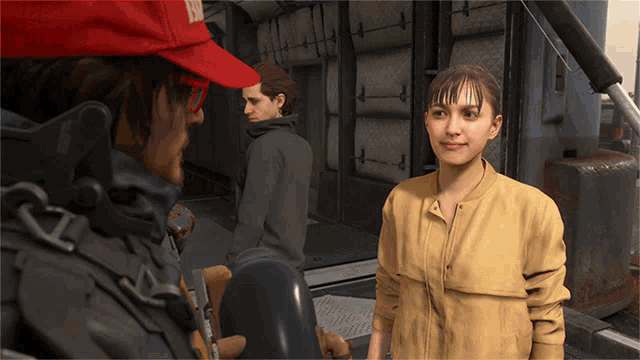
The MMO Rhythm
Nowhere is the fetch quest more infamous than in MMOs, and yeah, WoW and FFXIV have their share of “collect blank here” jokes. But look deeper, cause those quests are how new players learn the MMO rhythm, where you go out, fight creatures, gather, return, get stronger. They’re onboarding tools, scaffolding for the more complex systems of raids and factions.
And they’re social glue. Running errands in groups gives players downtime together, low-stakes reasons to chat and bond before tackling bigger challenges. Fetch quests in MMOs aren’t the highlights, but the hum of everyday life, the background beat of belonging.
Pacing, Breaks, and Balance
Games need pacing. If everything is high-stakes GO-GO-GO intensity, players burn out. Fetch quests act as breathers, pacing valves between crescendos. After a huge boss fight in a JRPG, a quest to collect herbs or deliver items feels like an exhale. It’s not exciting, but it’s necessary.
Designers know this. Without small tasks to regulate tempo, games risk turning into nonstop noise. Fetch quests provide the quiet moments that let you appreciate the loud ones.
Why the Hate?
So if they’re so useful, why do fetch quests get such a bad rap? Pretty simple, it’s bad execution. When the writing is flat, rewards pointless, and the tasks disconnected from the world, the structure’s simplicity makes the flaws obvious. Nobody hates the idea of delivering an item, but they hate when it’s done lazily.
The Scapegoat Problem
But even I have to admit that some fetch quests are often shoved in as substitutes for story. When a game needs to pad an open world or hit an arbitrary “forty-hour campaign” target, the easiest plug-in is an errand. No stakes, no proper writing, no character motivation, it’s just a checklist with a quest marker slapped on it.
Players feel that hollowness. Assassin’s Creed Valhalla gave us a stunning Dark Ages version of England, but too many side activities were errands and stuff that didn’t connect to the world or its characters, to the point I burnt out of gaming entirely for a while, with it as a sole cause. These aren’t quests that deepen a story, they’re just placeholders for stories that were never written, and you can see it. That’s when “fetch quest” turns into an insult.
But notice what’s happening here, cause it ain’t the structure that failed. Fetching an item is as old as role-playing itself. What failed was the framing. Compare those hollow errands to some in the original NieR. On paper, it’s packed with repetitive chores, but they’re designed that way to reflect the protagonist’s life of endless, grinding service in a broken world. The monotony becomes thematic. Same skeleton, different flesh. In one game the fetch quest is a lazy substitute; in another it’s an existential mirror.
That’s why fetch quests shouldn’t be scapegoated. When they’re written with intention, they can carry so much damn weight. When they’re not, they can and will expose the emptiness of design.
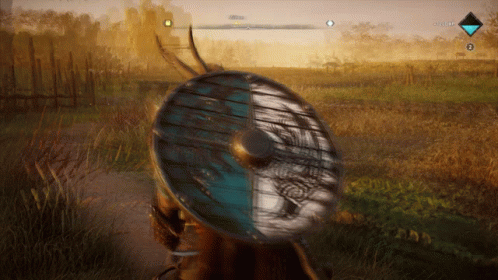
A Better Way
Rather than discarding fetch quests, developers should embrace their potential. Frame them as character moments, world-building opportunities, or ways to explore geography. The Yakuza series takes errands and turns them into hilarious side stories. Animal Crossing makes delivery the foundation of community life. Even Elden Ring, a game not exactly known for chores, has NPCs who send you on small delivery errands, and those little tasks give the world texture amidst all the ruin.
Fetch quests aren’t bad, but tactless ones are.
Why They Matter
Strip them out entirely and what’s left? A world of only bosses and epic battles. And that’s exhausting. The truth is that fetch quests are one of the structures that make games actually playable. They’re how we learn the land, how we feel connected to ordinary people in extraordinary worlds, how we relax between the high points.
They’re the invisible architecture of gaming. You may not love them, you may not even notice them, but without them the whole building shakes.
So the next time someone complains about fetch quests, just remember that not every journey needs to save the world to matter. Sometimes, picking up a letter, carrying a trinket, or returning a frying pan is what makes a world feel alive.
